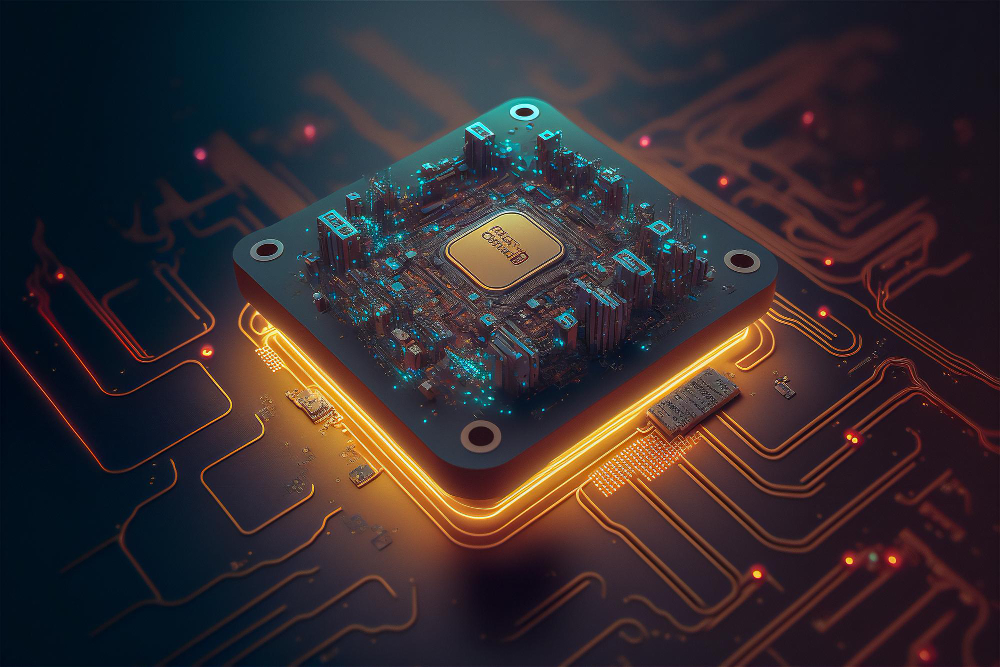In recent years, there has been an exponential growth in data-intensive applications and technologies like artificial intelligence (AI), machine learning (ML), and deep learning (DL). These advanced applications demand massive computing power, which is where GPU servers come into play. GPU servers, powered by high-performance graphics processing units (GPUs), provide the necessary computational strength to tackle complex workloads efficiently. In this article, we will explore the various types of GPU servers available in the market today, highlighting their key features and use cases.
- Single-GPU Servers: Single-GPU servers are the most basic type of GPU servers, equipped with a single GPU card. These servers are suitable for small-scale projects, research and development (R&D) purposes, and entry-level deep learning applications. Single-GPU servers provide a cost-effective solution for users who require GPU acceleration but don’t need the additional power provided by multiple GPUs.
- Multi-GPU Servers: Multi-GPU servers are designed to accommodate multiple GPUs within a single server chassis. These servers offer enhanced performance by harnessing the combined computational power of multiple GPUs, making them ideal for high-performance computing (HPC) and large-scale deep learning tasks. Multi-GPU servers are commonly used in industries such as finance, healthcare, and scientific research, where complex simulations and data analysis are paramount.
Also Read – Accelerating Innovation: Unleashing the Power of Hostrunway’s Dedicated GPU Servers - Virtualized GPU Servers: Virtualized GPU servers, also known as GPU virtualization, enable multiple users to share a single physical GPU. By partitioning the GPU’s resources among multiple virtual machines (VMs), virtualized GPU servers provide cost-effective GPU access in scenarios where dedicated GPU hardware is not required for each user. This approach is particularly beneficial for cloud computing providers, data centers, and enterprises looking to optimize GPU utilization.
- Cloud-Based GPU Servers: Cloud-based GPU servers have gained immense popularity due to their scalability, flexibility, and ease of use. Cloud service providers offer GPU instances on demand, allowing users to access powerful GPU resources without the need for investing in physical infrastructure. These servers are widely used by developers, data scientists, and researchers to perform large-scale data processing, AI training, and inference tasks in a highly efficient and cost-effective manner.
- Edge GPU Servers: Edge GPU servers bring the computational power of GPUs closer to the data source, reducing latency and improving real-time processing capabilities. These servers are deployed at the network edge, enabling edge computing applications such as autonomous vehicles, smart cities, and Internet of Things (IoT) devices. Edge GPU servers are designed to operate in rugged environments and provide reliable performance, making them suitable for use in remote locations or harsh conditions.
Also Read – Top 5 Applications that Benefit from NVIDIA GPUs
Conclusion: As the demand for processing-intensive applications continues to rise, understanding the different types of GPU servers becomes crucial for organizations and individuals looking to leverage GPU acceleration. Whether you require a single-GPU server for small-scale tasks or a multi-GPU server for high-performance computing, the right choice depends on your specific workload and performance requirements. Additionally, virtualized GPU servers, cloud-based GPU servers, and edge GPU servers offer unique advantages and cater to different use cases. By considering these various options, you can make an informed decision when selecting the most suitable GPU server for your needs.



